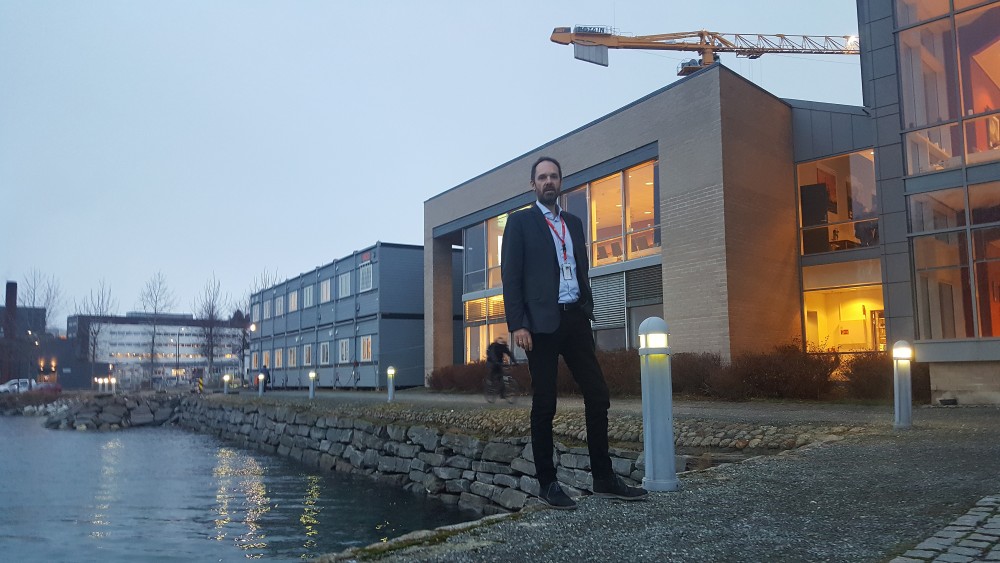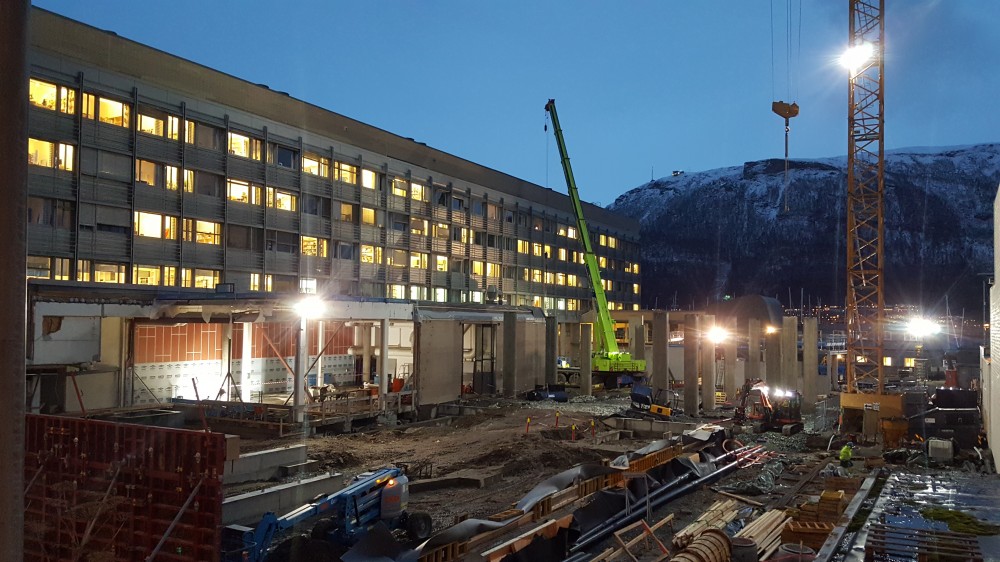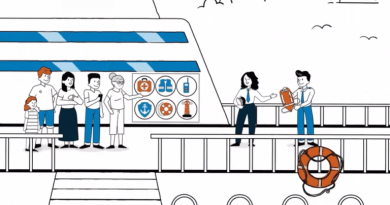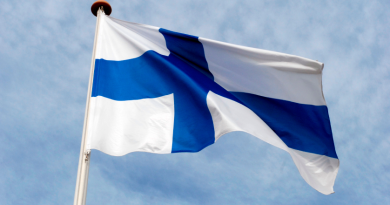Climate researchers are building on 90 cm higher ground, prepare for the worst in Norway

«We have consistently and severely underestimated the rate of climate change,» says Director Jan-Gunnar Winther of the Norwegian Polar Institute.
Ground level of the Fram Centre’s building phase II is 90 centimeters higher then the first building that opened in 1998.
«We had no idea that the effects of climate changes could be this dramatic,» says Jan-Gunnar Winther with the Polar Institute, one of the institutions sharing offices and research labs at the Fram Centre by the sea side in Norway’s Arctic capital Tromsø.
Fram Centre is the short name for FRAM – High North Research Centre for Climate and the Environment.
Director Winther says the shock came some years ago when the polar library, located on the ground floor, nearly got flooded due to extraordinary high tide during a storm. The library holds some of Norway’s most valuable records of historic books by polar explorers like Amundsen and Nansen.
With the second building now under construction, the centre will host some 500 employees and be one of the world’s most comprehensive centre’s for climate and environmental research.
When the cocktail of climate researchers moved into the first office building nearly 20 years ago, nobody predicted the construction to be threatened by floods. Now, the old building will also get 90 centimeters higher protection level against sea water.
Building to withstand dramatic climate changes
Phase II now under construction has a long list of improvements adopting the building to the severe climate changes happening in the Arctic. The measures include better waterproofing and a two-stage sealing of all structures, extra drain securing, stronger roof, improved membranes, better run-off for rainwater and an architecture made to avoid places for snow accumulation.
All technical facilities that normally are on the ground floor will be places in the roof. Rising tides, rising sea level; this building is ready to meet the future.

Jan-Gunnar Wither says the dramatic changes seen in the Arctic will force everyone to think twice before building anything near the sea side or in alpine landscape exposed to damages from more sever weather conditions.
«Here in northern Norway as an example, I would not invest in downhill skiing by the coast. Who knows if there are any snow there in the future?,» the Polar Institute Director says.
New developments must take rise in sea level, warmer temperatures, and storm surges into account. Building on higher ground, like the new Fram Center, is a minimal additional cost. Just ask the insurance industry.
Arctic Frontiers 2017
Climate changes and its dramatic effects in the north will next week literally speaking be up for a «hot» debate in Tromsø when the annual Arctic Frontiers conference takes place.
Entitled «White Space – Blue Future» the Arctic Frontiers will discuss the gaps in knowledge about the Arctic oceans and the role these will play in the future.
«We have over the past 10 years consistently and severely underestimated the rate of climate change,» says Jan-Gunnar Winther.
What happens if Greenland ice sheet melts completely?
The Greenland ice sheet is now losing mass at a rate which is six times higher than 10 years ago. Exact contribution of melting glaciers to sea level rise in the future remains uncertain, but researchers believe it will be significant.
Some scientist claim we must expect more than half a meter sea level rise at the end of this century. If completely melted, the volume of the 1,7 million km2 Greenland ice, at some places up to 3 km thick, could cause global sea level to rise by several meters.
Due to persistent circulation patterns in the atmosphere and the ocean, sea level rise will be distributed unevenly around the globe. Also, another reason to concern is warmer water. As the ocean warms up, like in the Barents Sea and Arctic ocean over the last few years, warmer water takes up more space and could cause sea level rise.
Related stories from around the North:
Canada: Is climate change making the muskoxen sick on Victoria Island?, Eye on the Arctic
Finland: Climate change brings new insect arrivals to Finland, Yle News
Greenland: The changing sea ice & what it means for Inuit, Eye on the Arctic
Russia: Ancient virus found in Arctic permafrost, Alaska Dispatch News
Sweden: How will global warming affect the average Swede?, Radio Sweden
United States: Northwest Arctic officials move ahead on new school for climate-threatened village, Alaska Dispatch News



